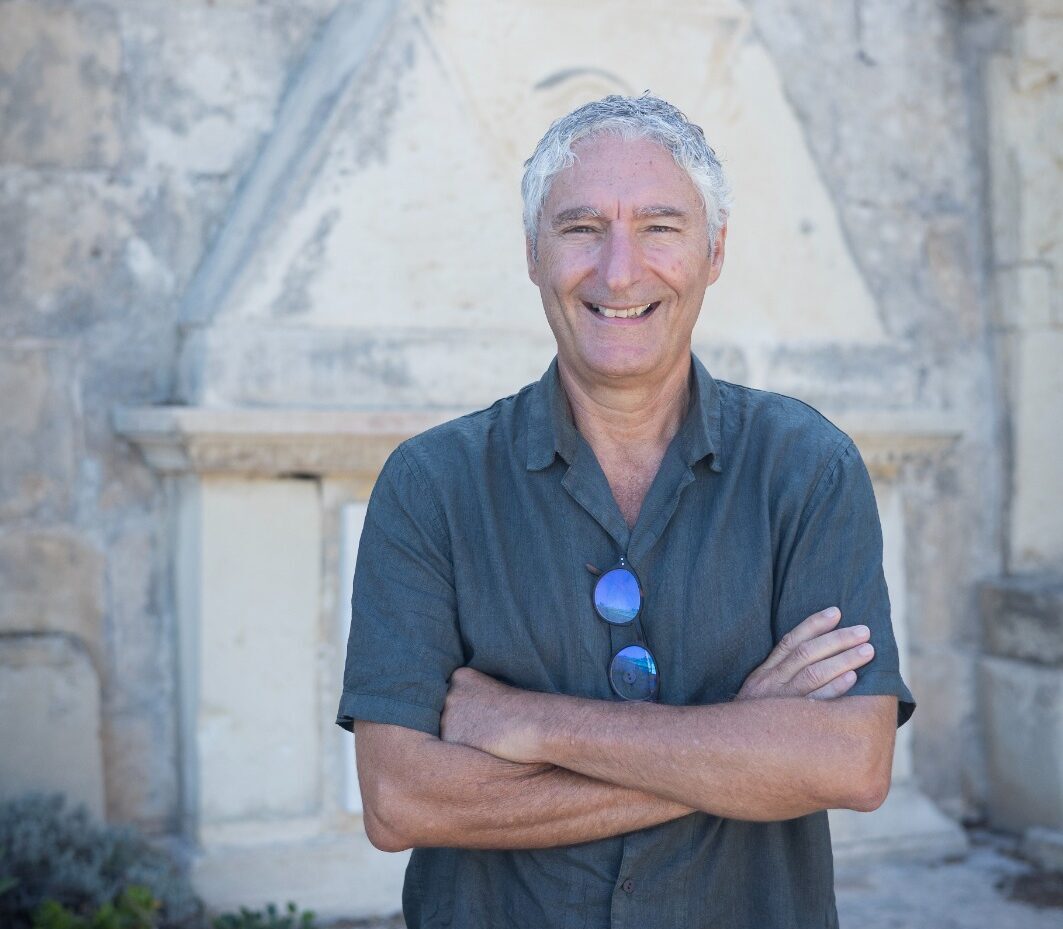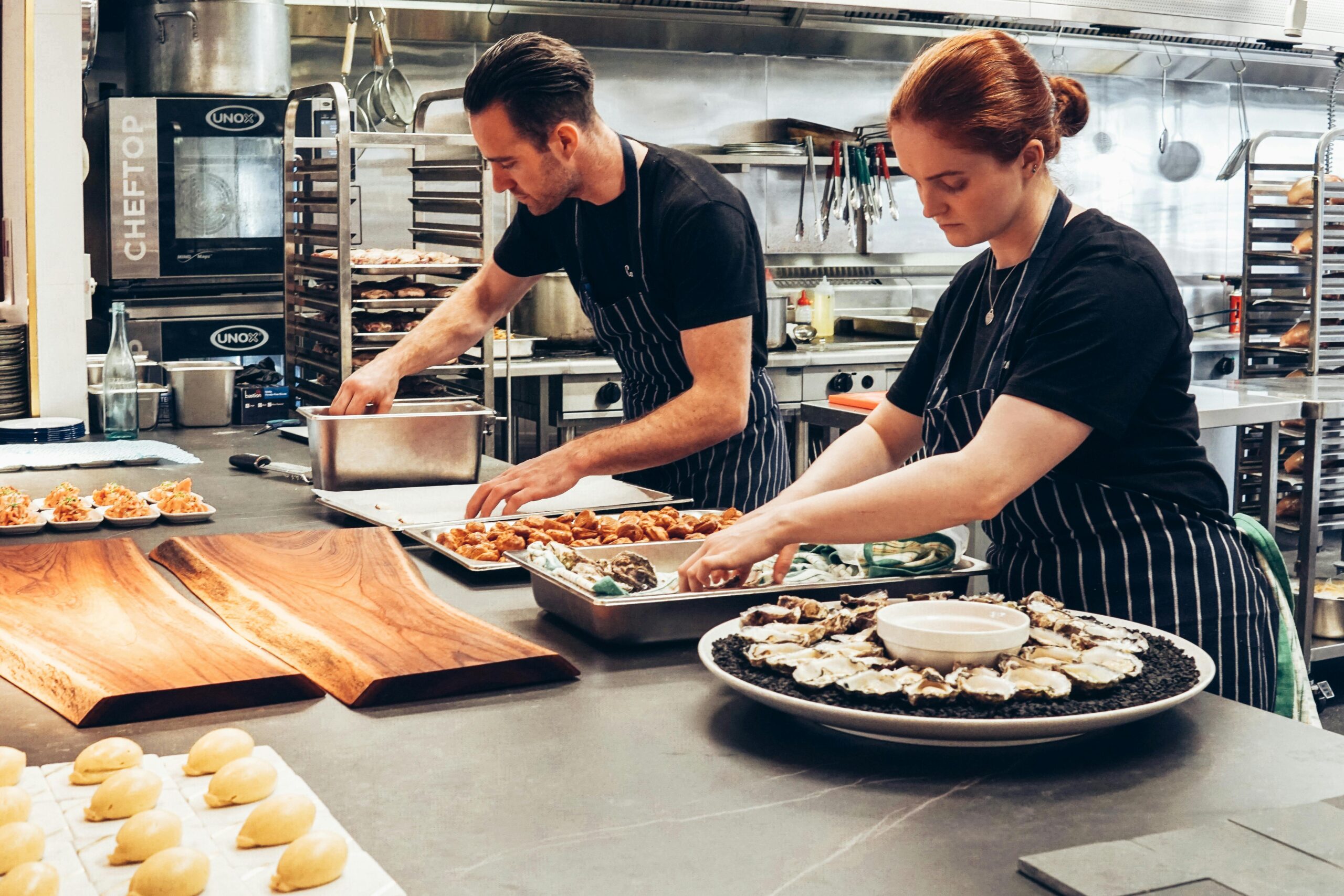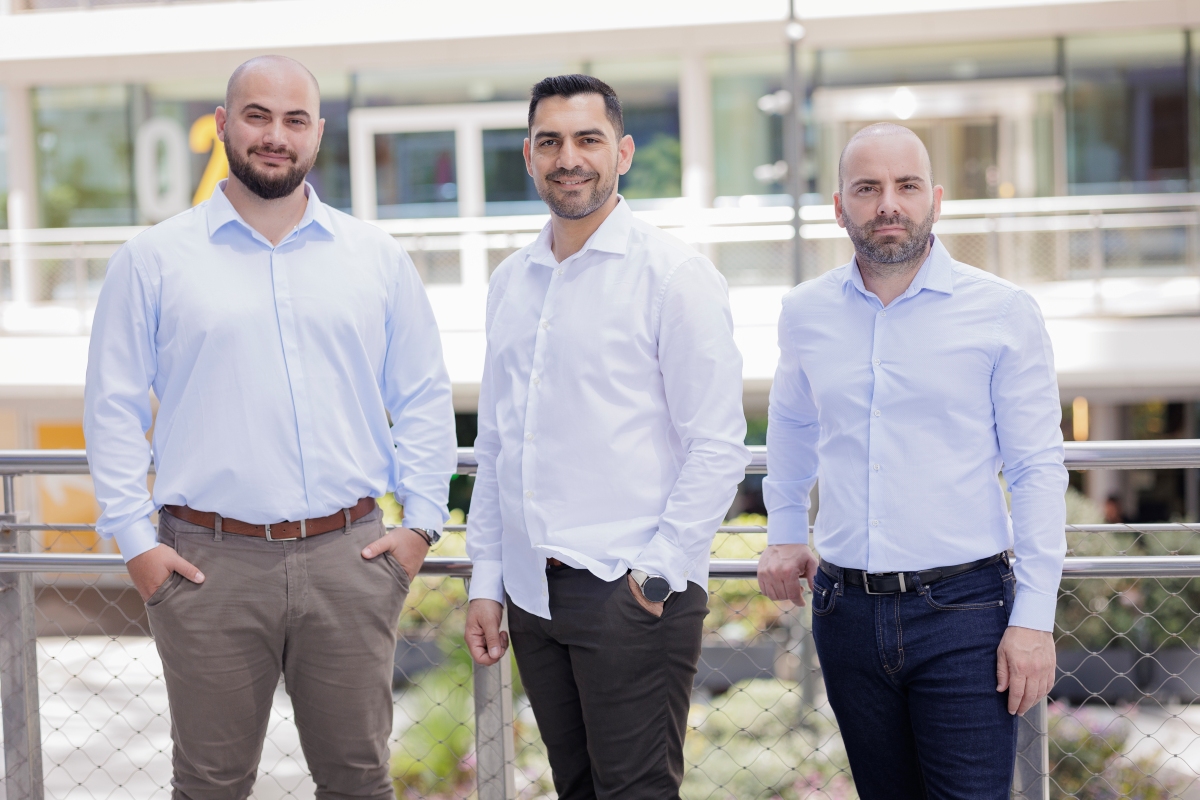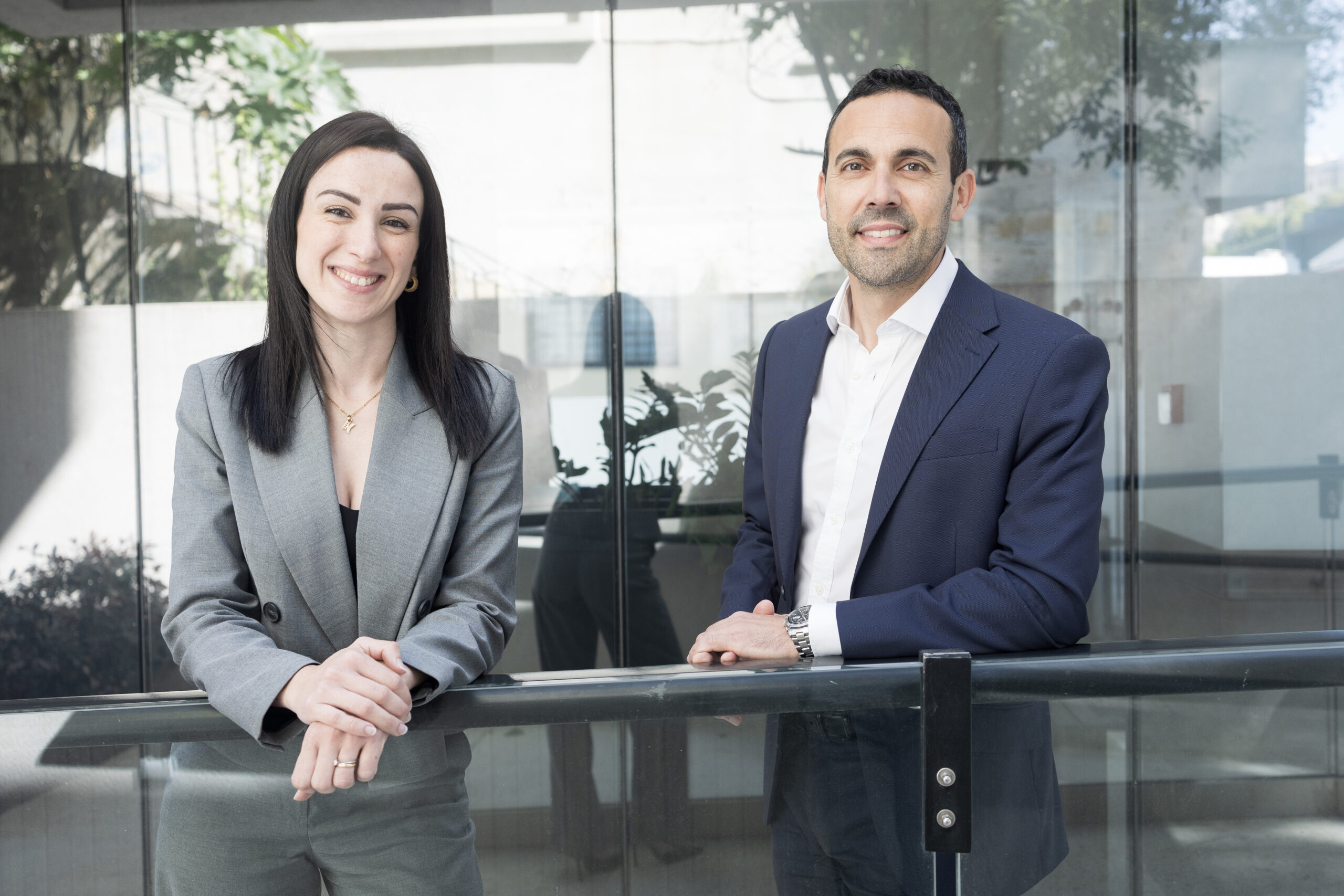Patrick Calleja’s journey in architecture began in 1989, marking the start of a career that would see him deeply involved in shaping Malta’s built environment. His early professional years were spent at the Department of Civil Aviation, where he gained valuable experience in public sector projects. However, it was during his involvement in the construction of Malta’s airport in the 1990s that the architect began to truly appreciate the intersection of modern development and cultural heritage.
“I began my career at the Department of Civil Aviation,” Patrick recounts. “From there, I joined a building consultancy services firm, and was involved in developing projects like the Bugibba Holiday Complex, the Coastline Hotel and the Radisson.”
This experience in large-scale projects would prove invaluable, but his true passion lay in a more intimate approach to architecture. In 1994, coinciding with a significant personal milestone, he made a pivotal decision: “My wife and I were expecting twins in 1994, and I decided it was time to set up on my own.
Reflecting on this decision, Patrick adds, “I always wanted to remain a smaller practice. I never really wanted to have a big practice because I enjoy my own time, to do other things. At the time, I played football with Sliema, and wanted to be able to continue that.
This decision to maintain a smaller, more focused practice allowed the architect to dive deep into projects that resonated with his passion for heritage preservation. Over the years, he became known for his work on historic buildings, particularly in urban conservation areas. “I think that people know me best for the Lombard Bank jobs,” he notes, highlighting Lombard Bank’s penchant for investing in historic sites, like their Sliema branch, which is housed within a notable 1930s building.
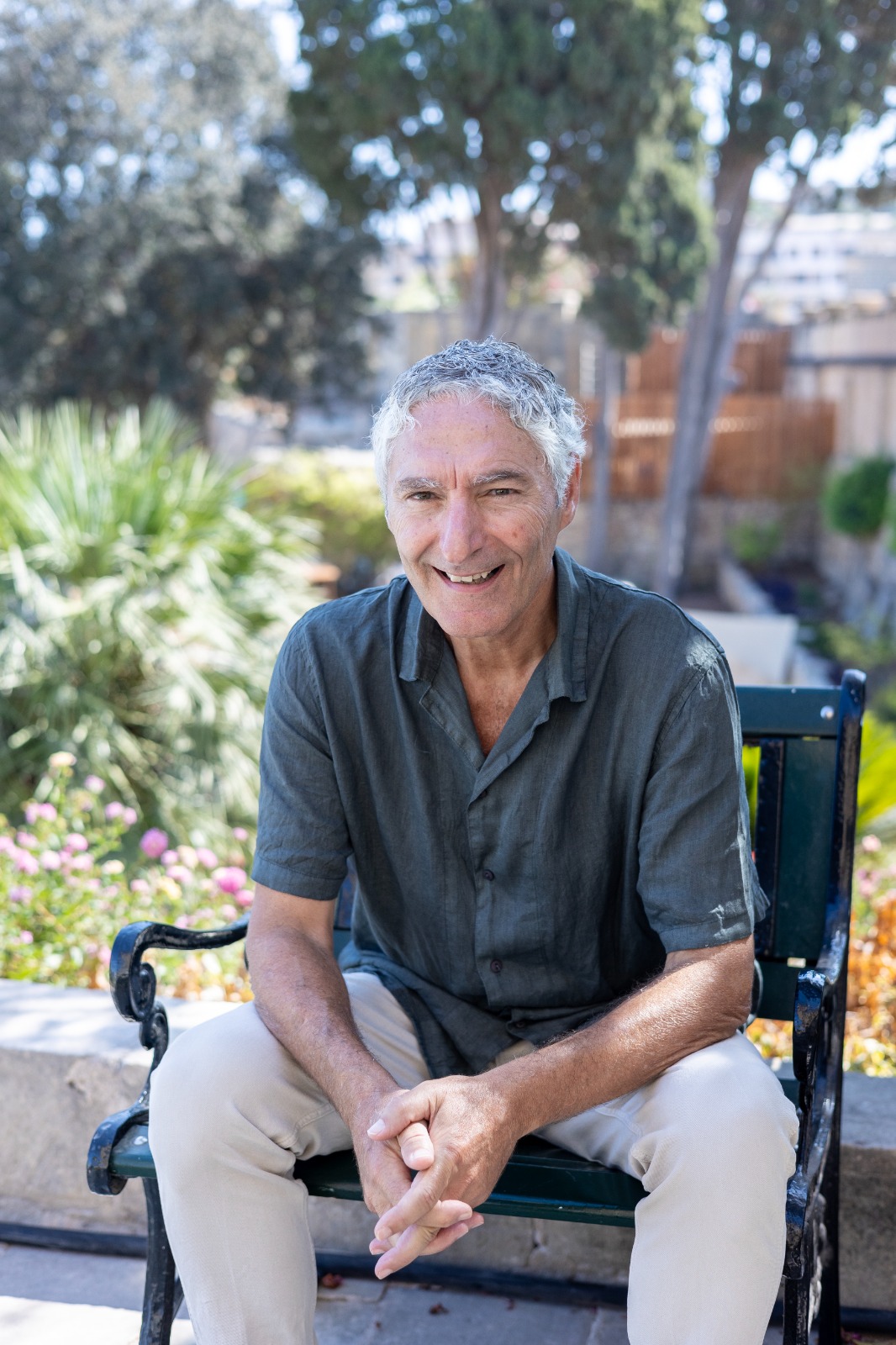
Patrick’s involvement with Din l-Art Helwa, however, came as something of a surprise, even to him. Founded in 1965, Din l-Art Helwa is one of Malta’s oldest and most respected non-profit, voluntary organisations. Its mission, to preserve and protect the country’s cultural built heritage and natural environment, has been a guiding light for generations of Maltese conservationists.
“I’ve been a member for a long time, but I wasn’t active at all,” Patrick admits. “I’d attend some events, but I was not an active member.”
The turning point came in late 2023, when Patrick was asked to be a judge for the organisation’s architectural awards. Following the ceremony, he was approached by then-president Alex Torpiano. “He told me, ‘Listen, will you be the next president?’” the architect recalls. “I was honoured. It was very exciting,” he smiles.
As Patrick steps into his new role, he brings with him a nuanced understanding of the challenges facing Malta’s heritage preservation efforts. He emphasises that Din l-Art Helwa’s mission has evolved significantly since its inception. “Our mission originally was to preserve and protect the cultural built heritage and the natural environment,” he begins, noting that, “over the years, that mission has developed because the built environment is not just cultural buildings anymore. It’s everything happening around us, and the degradation of our urban conservation areas – which, for me, is major, because it affects our identity as people.”
He illustrates this with a poignant example: “If you grow up in Gharghur, you know it as a village. You can’t suddenly have a five-storey building on the edge of it, blocking out the church, blocking out all the old walls, blocking out the rubble walls or demolishing them.”
Under his leadership, Din l-Art Helwa is poised to tackle several pressing challenges facing Malta’s cultural heritage and environment. The new President is particularly concerned about the impact of unchecked development on Malta’s urban fabric, stating, “we’re set up to check every application to ensure it is within policy. If you have a street which is made up of two-storey buildings, for example, and someone decides to build five storeys, we’ll object, and appeal to the Environment and Planning Review Tribunal.”
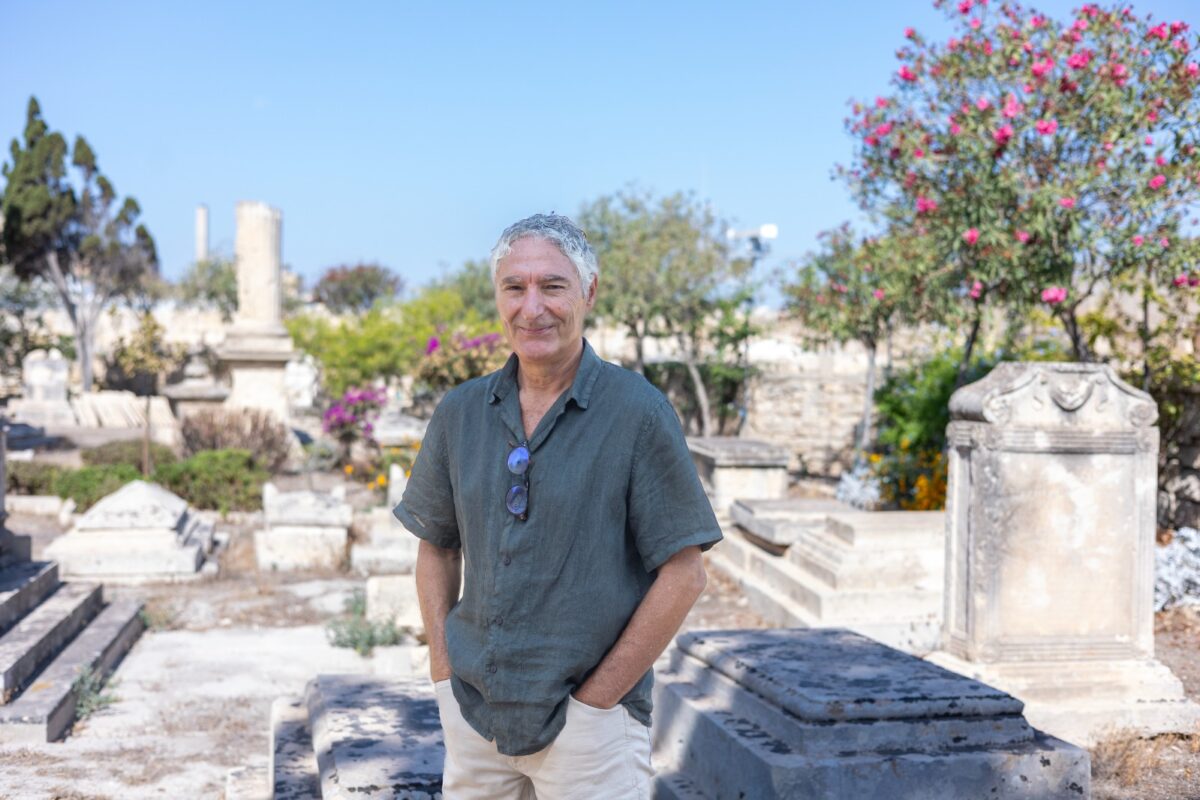
Another challenge is the threat of climate change, which looms large over Malta’s heritage sites. Patrick emphasises the urgency of this issue, affirming, “the European Union’s branch of the space programme, Corpernicus, recently reported the hottest day ever recorded on planet Earth. This has far-reaching implications for our infrastructure and heritage sites.” He goes on to explain the cascading effects of extreme weather events, noting, “when there’s a power cut, for example, it’s not just your air conditioners that don’t work, it’s also the pumps that pump wastewater drainage from low-lying areas back up to the eventual treatment plants. When the pumps are not working, gravity takes over, and we’ve seen the effects of this – the effluent overflows, whether it’s into the sea, onto pavements, and anywhere else.”
Tourism and infrastructure strain also presents its own challenges, the President continues. While tourism is vital to Malta’s economy, he emphasises the need for a balanced approach, positing, “we can’t just bring over three million tourists without considering the strain on our infrastructure.”
Sharing his vision for the future, Patrick outlines several key priorities for Din l-Art Helwa under his leadership, starting with the consolidation of existing properties. “We need to consolidate a number of our existing properties,” he states, highlighting the importance of keeping in touch and seeing what they need on the various sites, be it updating signage or upgrades to the facilities.
A critical focus for the new President is also involving younger people in heritage preservation efforts. “For me, one of the most pressing issues is getting younger people involved,” he shares. “It’s not easy, as everyone is busy and distracted. Our members tend to belong to the older generation.”
Finally, he also sees raising awareness about the impact of climate change as a crucial part of Din l-Art Helwa’s mission. “One of my visions is to make people more aware of how the climate is changing and how this is going to affect our culture, heritage, and identity.”
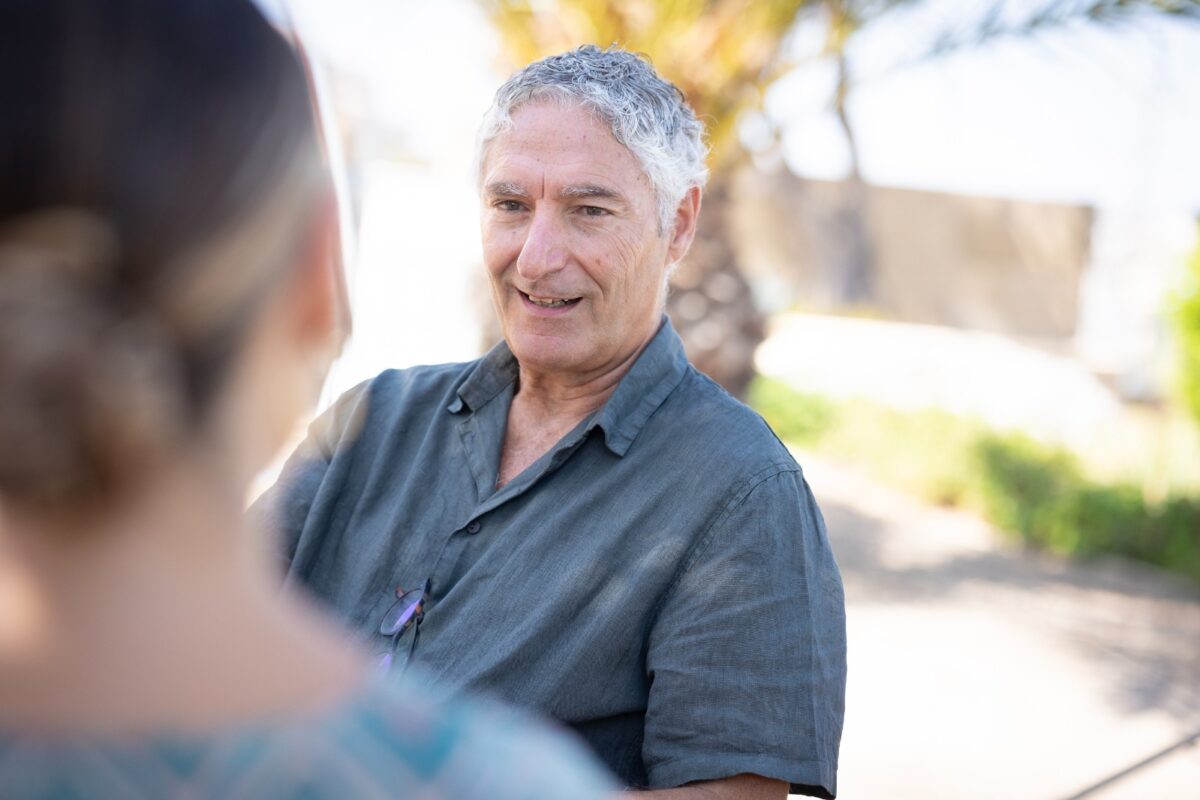
Din l-Art Helwa is currently engaged in several significant restoration projects. “We are currently busy with two major projects, one of which is the restoration of what we have termed the Australian Bungalow – a timber structure sent to Malta in the 1920s to help prospective immigrants to Australia. Interestingly, we invited some Australian visitors to take a look at it and they believe it might be the only one left in the world,” he smiles.
The second project is the San Mikiel is-Sincier Chapel. “We have recently signed a guardianship deed to restore and look after a small medieval chapel on the outskirts of Rabat called San Mikiel is-Sincier. It’s a 15th-century structure, which was completely abandoned,” he shares.
Speaking of how his background in architecture provides a unique perspective in his new role, Patrick maintains, “it certainly makes a huge difference. You immediately realise whether there’s an issue with a building or a structure that is being constructed, or whether it presents s a threat to an urban conservation area. You can visualise that quicker.” It also benefits the entity’s restoration projects: “Because I’ve done a lot of restoration work, it has obviously made things much easier.”
Looking ahead, as Patrick embarks on his tenure, he brings a pragmatic approach to heritage preservation, coupled with a keen awareness of the challenges posed by climate change and urban development. His leadership promises to strengthen Din l-Art Helwa’s efforts in safeguarding Malta’s rich cultural and natural heritage for future generations.
His vision is clear: to ensure that Malta’s unique cultural identity is preserved in the face of modern challenges. By engaging younger generations, raising awareness and continuing the organisation’s vital preservation work, Patrick hopes to secure a future where Malta’s heritage continues to thrive and inspire.
And as Malta faces the dual pressures of development and climate change, the role of organisations like Din l-Art Helwa becomes increasingly crucial. Under Patrick’s leadership, Malta’s National Trust stands ready to meet these challenges head-on, working for the preservation of Malta’s unique character and rich history for generations to come.
This feature was first carried on Business Now 2024 magazine, the sister brand to BusinessNow.mt, both owned and managed by Content House
Featured Image:
Photos by Inigo Taylor
Malta’s next leap: Secured
How ESET delivers enterprise-grade security to meet Malta’s digital ambitions
Mastering the language of business: How BELS is crafting bespoke training for a dynamic economy
BELS Malta Director of Studies Arianna Muscat on how the language school helps companies equip their teams for success.
Built differently – CLA Malta offers custom solutions in a cookie-cutter landscape of tax advisory and business
Their client-centric philosophy extends far beyond conventional consultancy.


